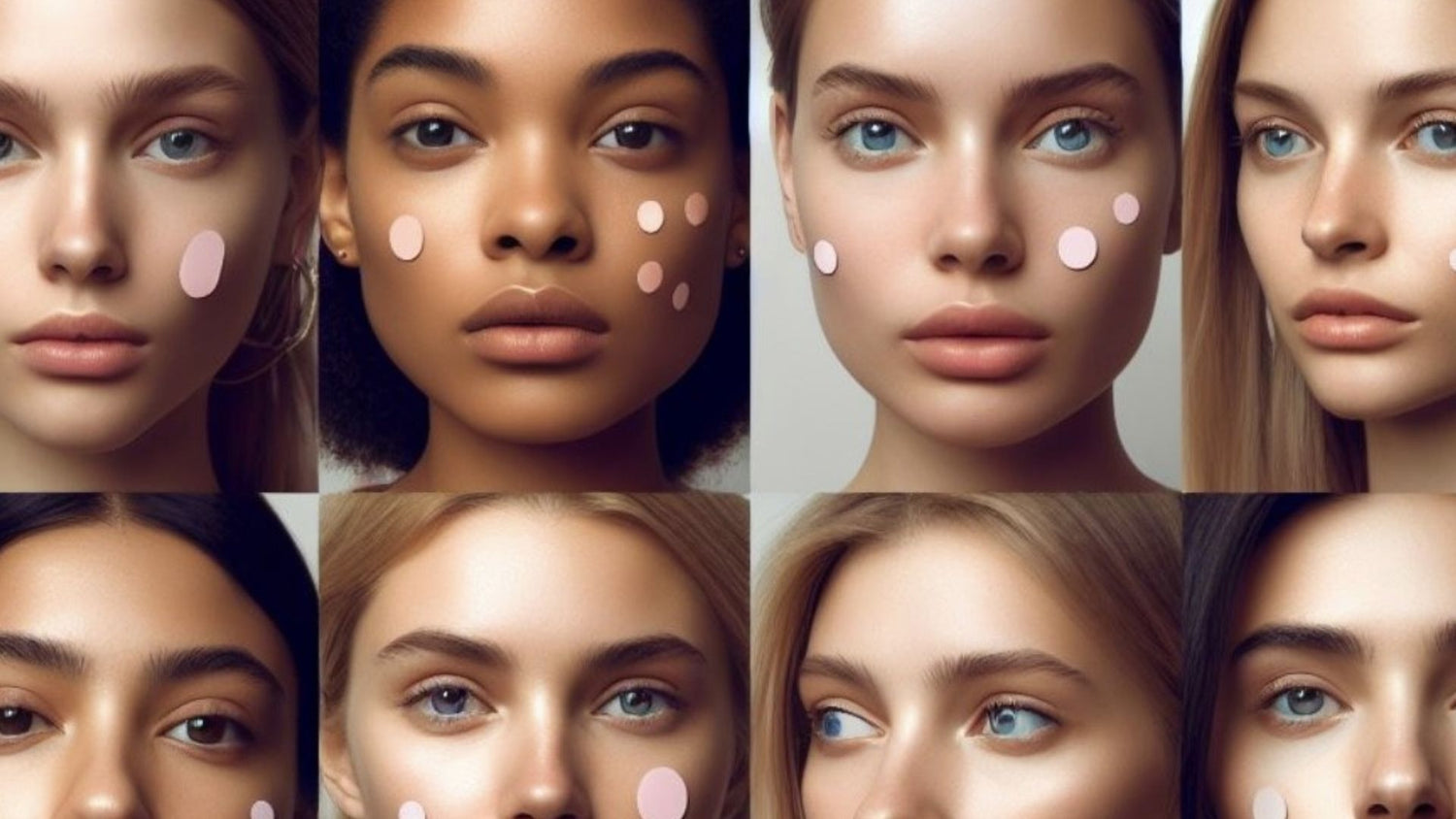Chances are, like most of us, you may have a few fine lines and wrinkles. If you love to be out in the sun, you probably have a few more — and it may even seem as if they’re multiplying right before your very eyes. It’s called photoaging, and it is caused by exposure to UV radiation.
Like the natural aging process, photoaging is cumulative. So, the more time you spend in the sun, the more telltale signs you’ll show — and the more noticeable they will be. Fair skin is most susceptible to photoaging and the development of unsightly qualities including the appearance of loose, leathery skin with uneven color and spots.
Lighter skin is more sensitive to sunlight because it doesn’t have as much melanin. Melanin is the main pigment which colors skin, and also acts as a natural sunscreen by scattering and absorbing UV light.
When UV rays do get past melanin, or are absorbed by another pigment, their energies can be converted to biochemical reactions which damage proteins, lipids, pigments, DNA, and cause cancer. Collagen, the main protein responsible for firm and supple skin, degrades when exposed to UV light, not all of it being repaired; it’s this damaged collagen which causes premature wrinkles.
Tanning beds are no exception; they emit UVA and UVB radiation, both of which induce changes in DNA, cause cancer, and speed up your natural aging process.
After UV exposure, the body tries to protect itself from further radiation by visibly increasing melanin in the skin. It’s that golden/brown surge in melanin which persuades many of us to willfully undress at the beach or in a tanning bed. Sunlight does give us more than just beautiful tans; UVB radiation activates the production of vitamin D. To get enough vitamin D, some scientists suggest 5-30 minutes of unprotected exposure, between 10 a.m. and 3 p.m., at least 2 days per week.
However, according to the American Academy of Dermatology (AAD), there is no “safe threshold level of UV exposure from the sun, or indoor tanning devices…” and “Vitamin D should not be obtained from unprotected exposure to ultraviolet (UV) radiation.” The AAD goes on to say that vitamin D should come strictly from dietary sources.
For anyone who still has a weak spot for sun and happily basks in it, you can decrease your cancer risk, inhibit photoaging and still get some vitamin D with regular use of UVA/UVB sunscreen. If you also avoid extreme sun exposure, you can remain beautiful well into your golden years.
– R. London Griffin, research chemist
For more giveaways, free samples and contests, sign up for our newsletter HERE.
If you like this post, share it with your friends and give it a LIKE on Facebook.





